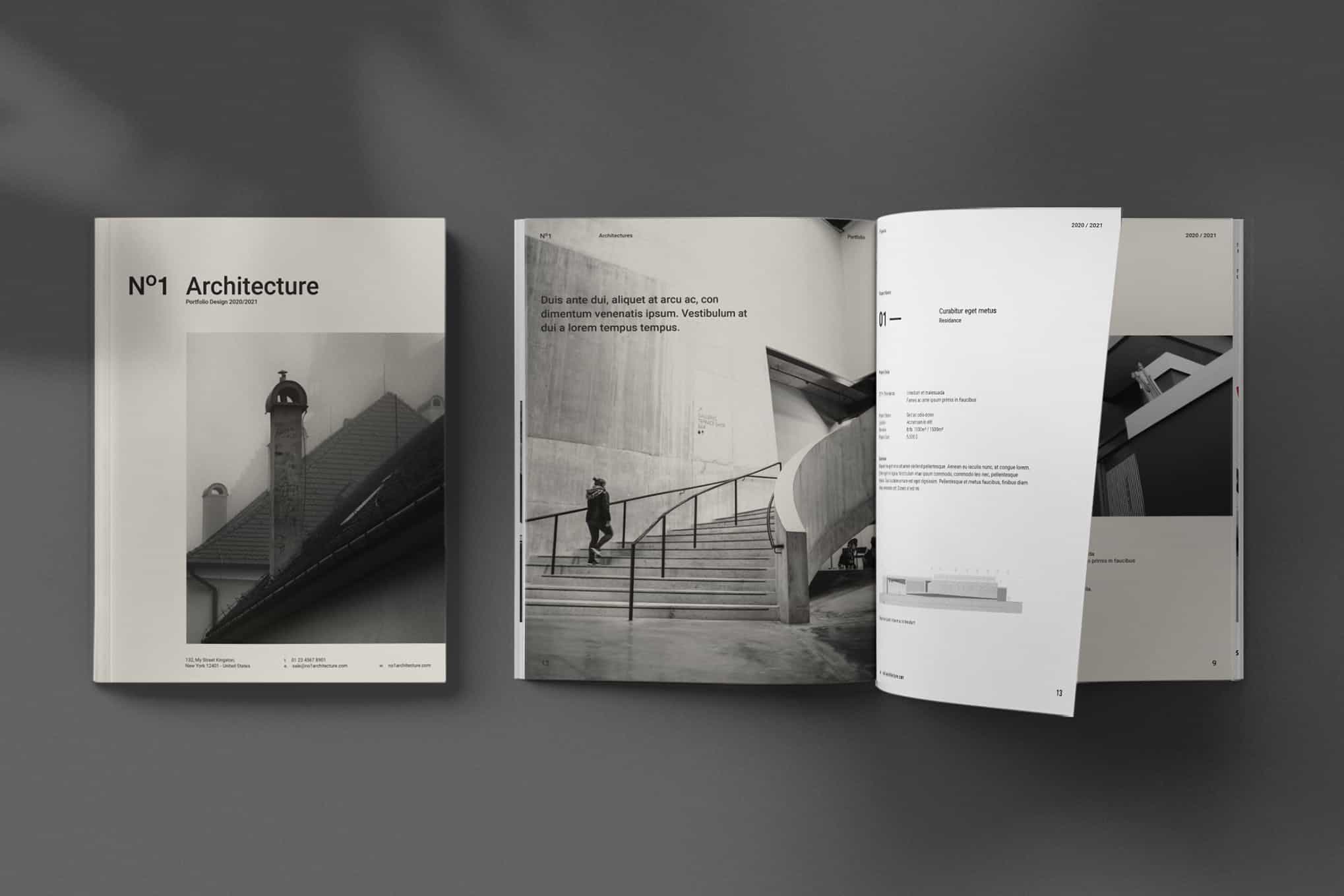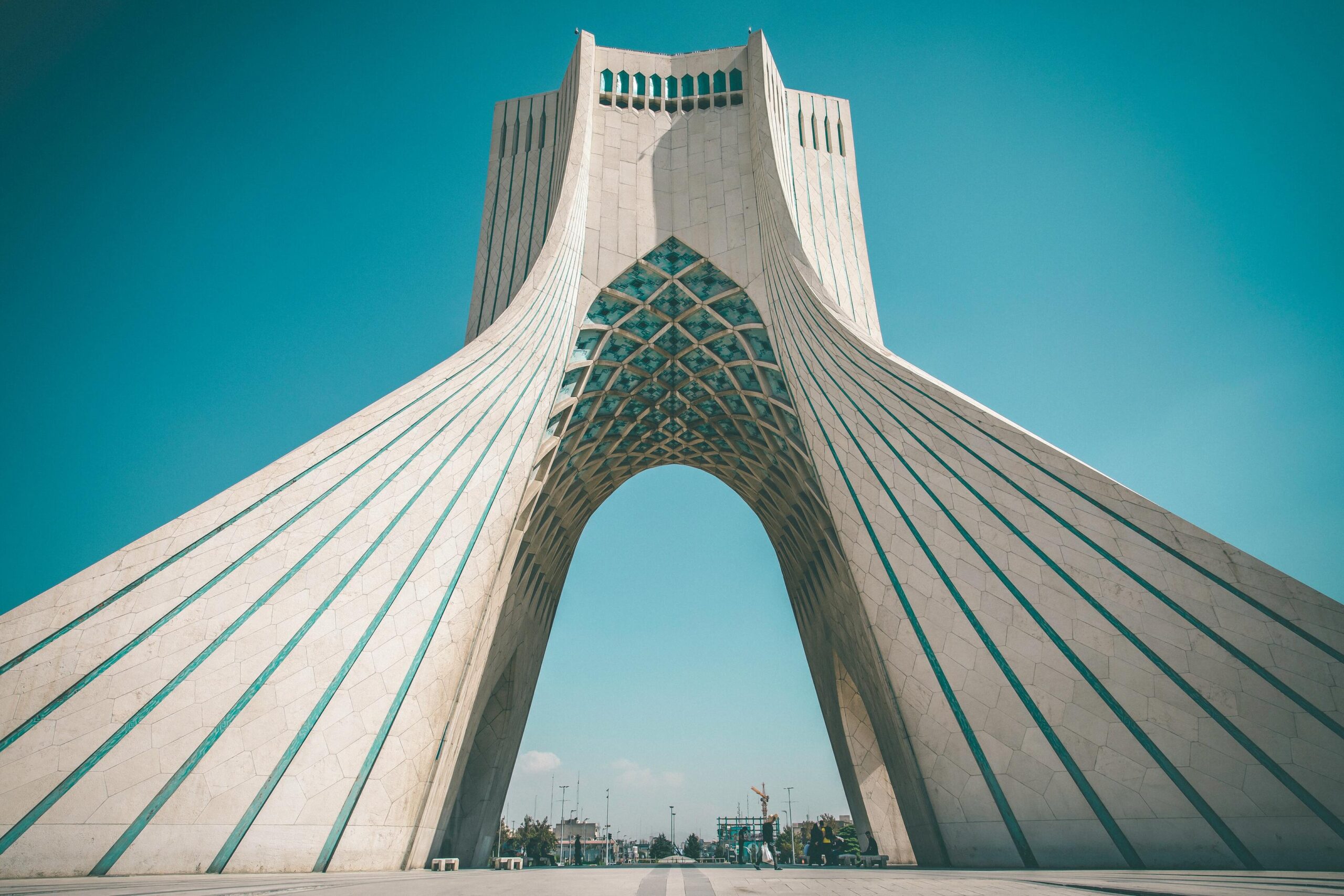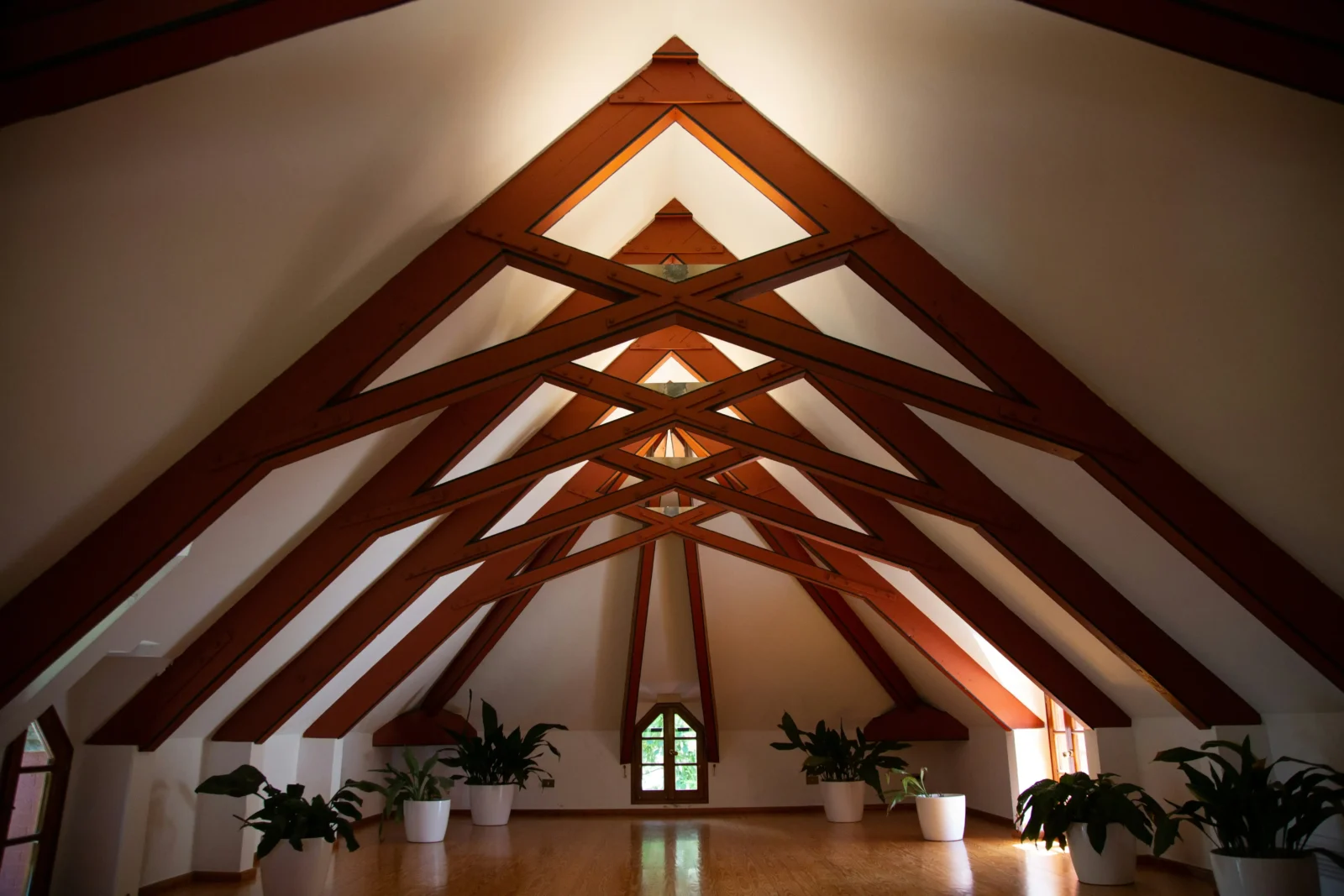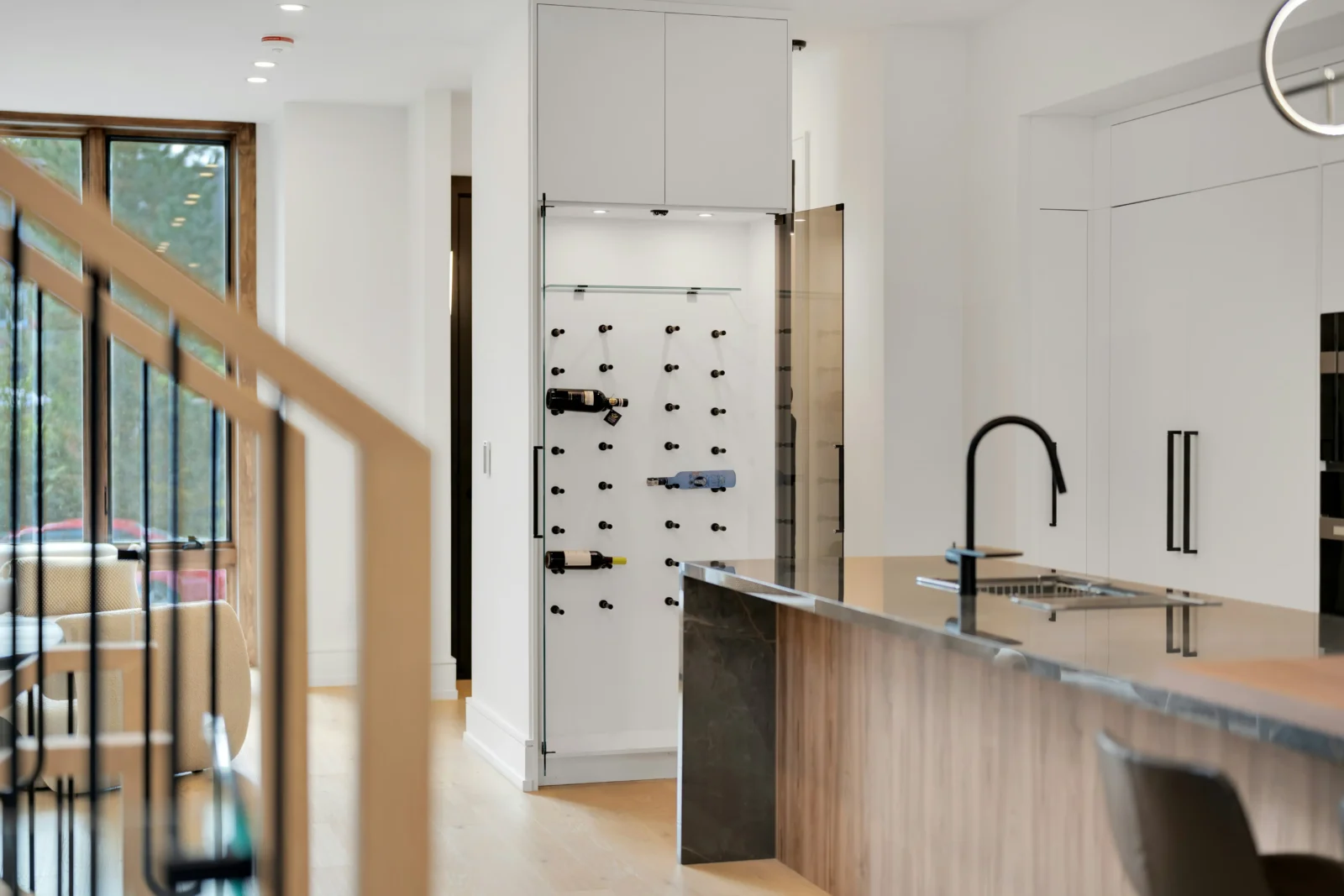- Home
- Articles
- Architectural Portfolio
- Architectral Presentation
- Inspirational Stories
- Architecture News
- Visualization
- BIM Industry
- Facade Design
- Parametric Design
- Career
- Landscape Architecture
- Construction
- Artificial Intelligence
- Sketching
- Design Softwares
- Diagrams
- Writing
- Architectural Tips
- Sustainability
- Courses
- Concept
- Technology
- History & Heritage
- Future of Architecture
- Guides & How-To
- Art & Culture
- Projects
- Interior Design
- Competitions
- Jobs
- Store
- Tools
- More
- Home
- Articles
- Architectural Portfolio
- Architectral Presentation
- Inspirational Stories
- Architecture News
- Visualization
- BIM Industry
- Facade Design
- Parametric Design
- Career
- Landscape Architecture
- Construction
- Artificial Intelligence
- Sketching
- Design Softwares
- Diagrams
- Writing
- Architectural Tips
- Sustainability
- Courses
- Concept
- Technology
- History & Heritage
- Future of Architecture
- Guides & How-To
- Art & Culture
- Projects
- Interior Design
- Competitions
- Jobs
- Store
- Tools
- More

The Pier 55, New York City
Pier 55 is a new public park and performance space located on the Hudson River in New York City, designed by Heatherwick Studio. The park is set on a series of floating structures, including a central performance stage and a variety of landscaped areas and walking paths.
The park’s design is inspired by the natural landscape of the Hudson River, with a range of trees, plants, and grasses creating a lush and immersive environment for visitors. The park features a range of public spaces, including a large event space capable of hosting up to 3,500 people, a smaller performance space, and a variety of seating areas and viewing platforms.

One of the most striking features of the park is its undulating topography, which creates a series of hills and valleys throughout the site. This topography is designed to provide a range of unique viewing angles and experiences for visitors, and also helps to create a sense of separation and privacy between different areas of the park.
The High Line, New York City
The design of the High Line is inspired by the industrial history of the rail structure and the natural landscape that has taken over the abandoned tracks over time. The park features a series of landscaped areas, including gardens, seating areas, and walking paths, as well as a variety of public art installations and performance spaces.

One of the most unique features of the High Line is its use of native plant species, which have been carefully selected to thrive in the challenging conditions of the elevated rail structure. The park’s planting scheme is designed to create a seamless transition between the urban environment of the city and the natural environment of the park, providing a calming and peaceful space for visitors to escape the bustle of the city below.
The Royal Botanic Gardens, Kew
The world-famous botanic garden is located in southwest London, UK, designed by a number of landscape architects over several centuries, including William Kent, Lancelot “Capability” Brown, and William Nesfield.
The garden covers an area of 330 acres and features a vast collection of plants from around the world, including rare and endangered species. The garden also includes a variety of landscaped areas, including formal gardens, lawns, water features, and woodland areas.

One of the most striking features of the Royal Botanic Gardens, Kew is the Victorian Palm House, a large greenhouse designed by Decimus Burton and opened in 1848. The Palm House features a range of exotic plants from around the world, including palms, cycads, and ferns, and is widely considered one of the most impressive examples of Victorian engineering and architecture.
Zaryadye Park, Moscow
Zaryadye Park is a 35-acre public park located in the heart of Moscow, Russia. The park was designed by an international team of architects and landscape designers, including Diller Scofidio + Renfro, Hargreaves Associates, Citymakers, and the Moscow-based firm Mosinzhproekt.
The park is located on a historically significant site, which was previously occupied by a hotel that was demolished in 2006. The design of the park incorporates elements of the site’s history, as well as the natural landscape of the Moscow River.

One of the most unique features of the park is the “floating bridge,” which extends out over the river and provides stunning views of the city skyline. The bridge is supported by a series of cables and features a glass floor, allowing visitors to see the river below.
Amager Bakke, Copenhagen
Amager Bakke, also known as Copenhill, is a waste-to-energy plant located in Copenhagen, Denmark. The plant is known for its innovative design, which incorporates a range of sustainable features and doubles as a recreational space for the local community.

The plant’s most notable feature is its rooftop ski slope, which is open year-round and offers stunning views of the city. The slope is made from a synthetic material that provides a smooth, snow-like surface, and is equipped with a lift and a range of slopes suitable for skiers of all skill levels.

Submit your architectural projects
Follow these steps for submission your project. Submission FormLatest Posts
Innovative Cleaning for Modern Materials: How Hydroblasting Supports Architectural Design
Modern buildings don’t hide what they’re made of anymore. Glass is meant...
How to Improve Driving Conditions Around Your Office
Driving to work can feel like navigating a challenge. Traffic jams, potholes,...
Practical Solutions for Modern Home Improvements
Home improvements work best when they solve real problems. Focus on changes...
The Ultimate Guide to the SaaS Localization Process: Navigating Global Markets with Precision
The Software-as-a-Service (SaaS) model has revolutionized how businesses operate by providing cloud-based...












Leave a comment